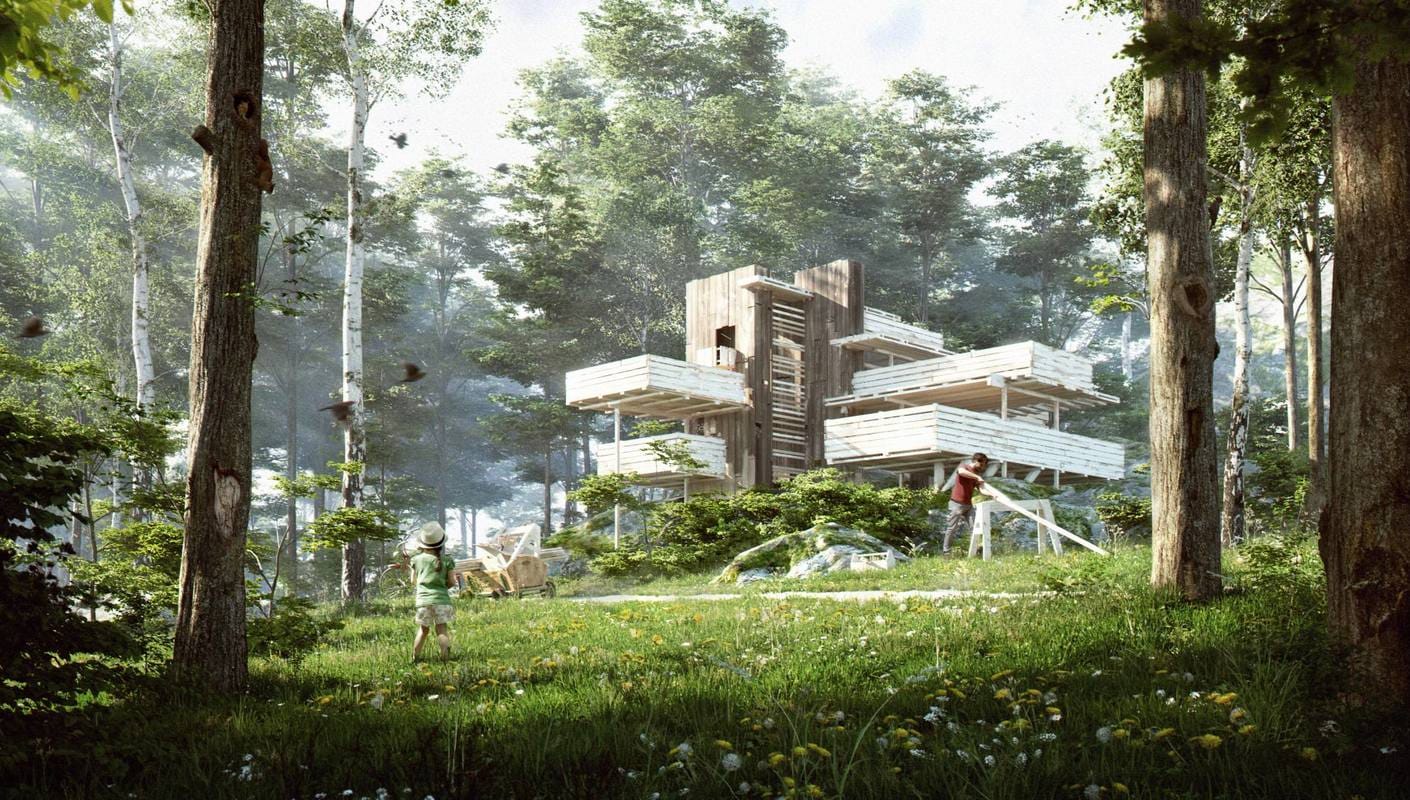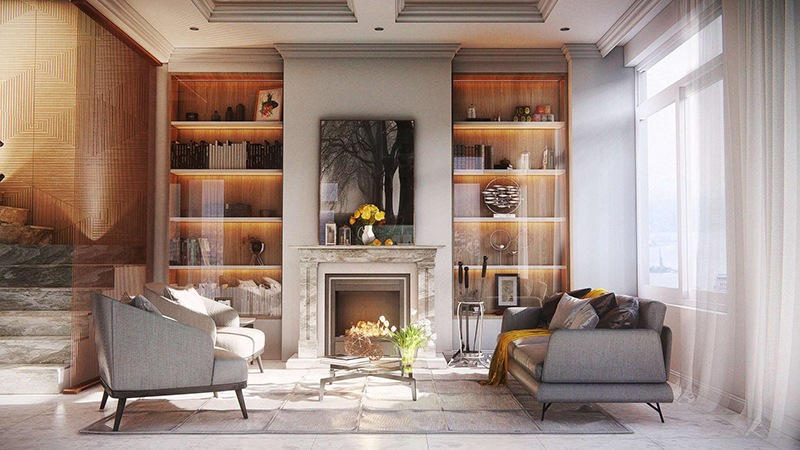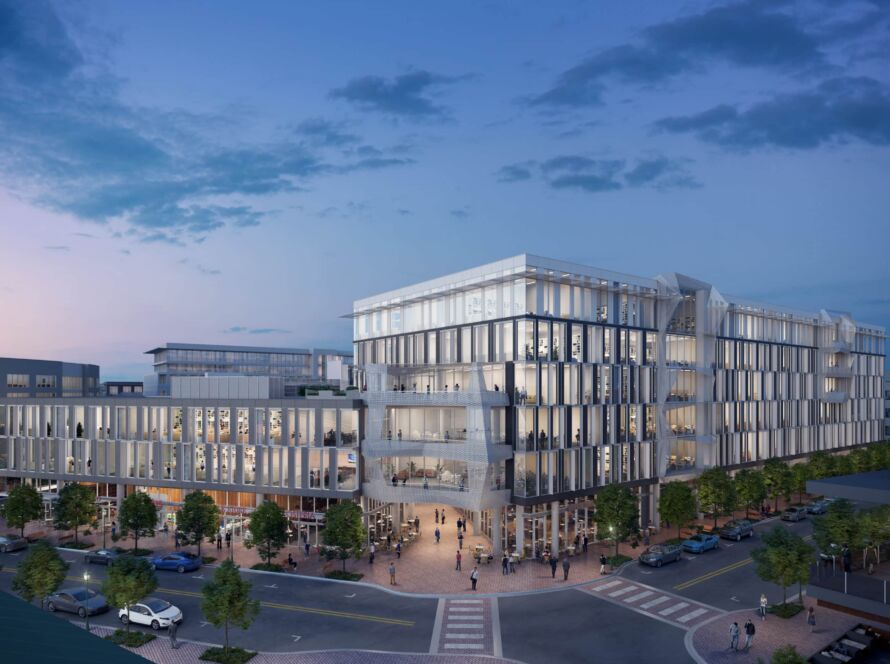Introduction
Over the past few years, photorealistic rendering techniques have become increasingly popular in the graphics and animation industries. This is because they allow artists to create realistic 3D images that closely resemble how a real-life object would look. Although photorealistic rendering is still a relatively new technology, it has already begun to change the way we view reality. In this blog post, we will explore some of the key benefits of photorealistic rendering and highlight some of the most popular applications.
Benefits of photorealistic rendering techniques
There are many benefits to using photorealistic rendering techniques in your design work. First, photorealistic rendering produces realistic images that can help you create more accurate and believable designs. Additionally, photorealistic rendering can help improve the efficiency of your design process by allowing you to create models and prototypes more quickly. Finally, photorealistic rendering can also help you better understand user feedback by allowing you to test your designs on a realistic simulated environment.
If you are looking to improve the quality and realism of your designs, then photorealistic rendering is an essential toolkit. For more information on how photorealistic rendering can help your design work, please contact our team at CorelDRAW. We would be happy to discuss your specific needs and provide you with some recommended resources.
If you are interested in learning more about the benefits of photorealistic rendering techniques, please visit the following website:

Current limitations of photorealistic rendering techniques
Current limitations of photorealistic rendering techniques include the requirement that scenes be composed of a large number of small, uniformly-colored elements; the difficulty in representing realistic materials and lighting; and the inability to render large outdoor scenes without significant performance degradation. In addition, photorealistic rendering is still limited in its ability to generate realistic human skin tones, due in part to the difficulty in accurately capturing light scattering within the skin.
Another limitation of photorealistic rendering is the difficulty in representing realistic motion and animations. Motion blur, for example, is a common problem in realistic rendering due to the unpredictability of human movement. In addition, photorealistic rendering techniques are often inadequate forrendering low-resolution textures, which can result in jagged lines and poor image quality.
Another limitation of photorealistic rendering techniques is their dependence on high-resolution images. If a scene contains large numbers of small, uniformly-colored elements, for example, then it may be difficult to render the scene using low-resolution images without losing detail. In addition, photorealistic rendering techniques are often limited in their ability to generate realistic textures, due in part to the difficulty in accurately capturing light scattering within the textures.

Future prospects for photorealistic rendering techniques
There is no doubt that photorealistic rendering techniques are becoming increasingly popular as more and more video games, movies, and other types of digital content are produced using these methods. However, both the technology and the market for photorealistic rendering are still in their early stages. There are many potential future applications for photorealistic rendering, including medical imaging, design visualization, manufacturing simulation, and educational tools.
One of the key factors driving the growth of photorealistic rendering is the increasing demand for high-quality visuals in a variety of fields. In particular, there is a growing demand for realistic images in medical imaging applications. Photorealistic rendering techniques can provide accurate representations of patients’ anatomy and physiology, which can improve patient care by allowing doctors to more accurately diagnose injuries and prescribe treatment.
Moreover, photorealistic rendering is also being used to create virtual models ofproducts before they are manufactured. This allows designers to test different designs before making any physical changes to products on a larger scale. In addition, photorealistic rendering can be used to create designs for products that do not yet exist (such as an hypothetical electric car). By creating virtual models ofproducts before they are actually created, manufacturers can avoid costly delays caused by design revisions.
As awareness of the benefits of photorealistic rendering grows among businesses and individuals around the world, we can expect to see even more widespread use of this technology in the future.

Conclusion
In this article, we will be discussing some of the latest photorealistic rendering techniques that have been introduced to the graphics industry. These techniques help create images that are indistinguishable from reality, and as such, they have a number of applications in fields such as architecture, engineering, and medical imaging. We hope you found this article interesting and that you will explore some of the more advanced techniques featured herein in the future.





